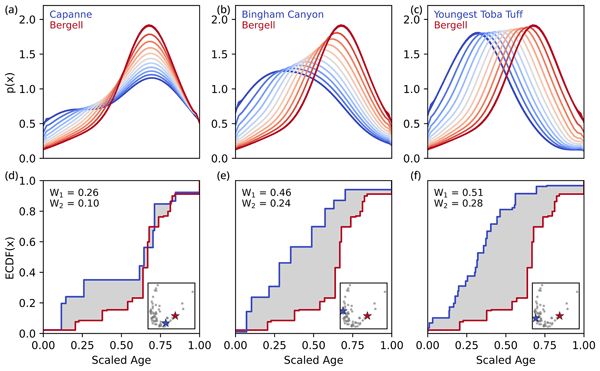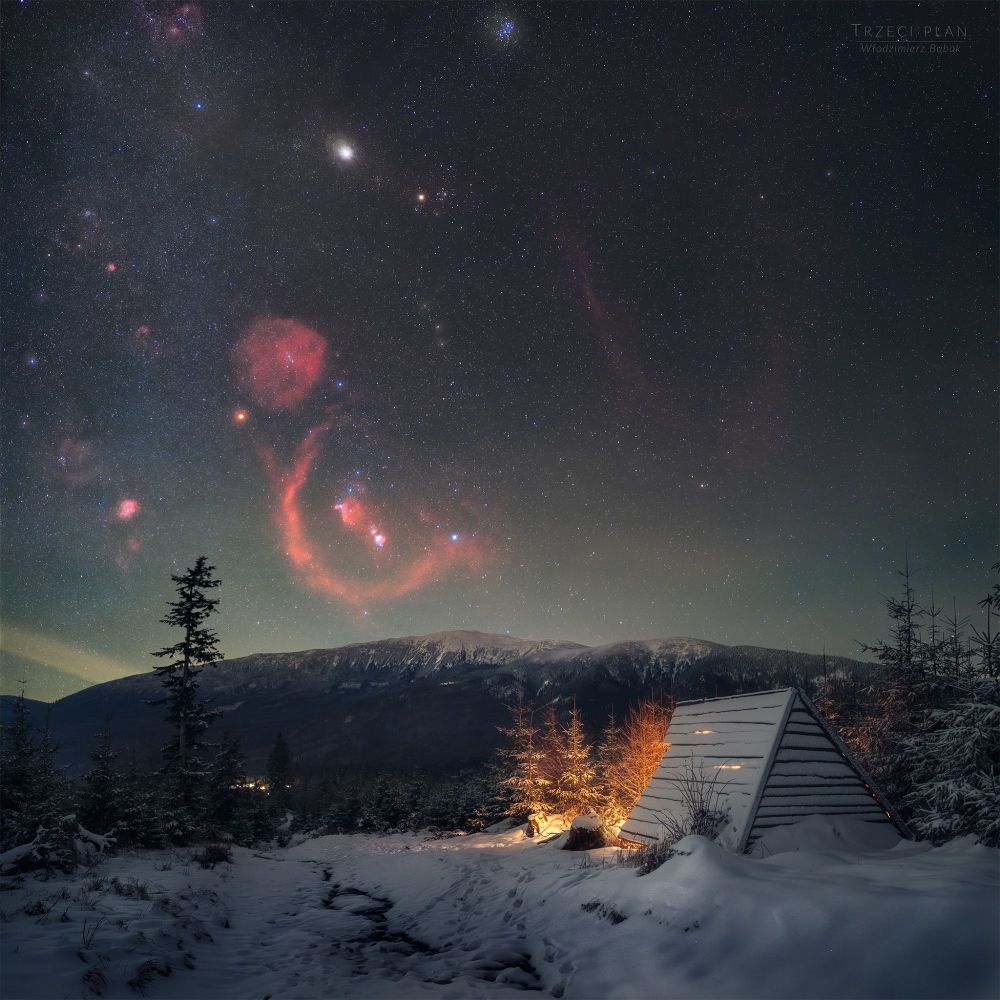
Happy to share the long-awaited results of our community experiment comparing high-precision ID-TIMS U-Pb lab performance🧪⚒️
We do pretty well but as ever there is room for improvement 🤓 Stay tuned!
doi.org/10.5194/gchr...
@sdawid.bsky.social
Researcher at ETH Zurich. geology | geochronology | geochemistry

Happy to share the long-awaited results of our community experiment comparing high-precision ID-TIMS U-Pb lab performance🧪⚒️
We do pretty well but as ever there is room for improvement 🤓 Stay tuned!
doi.org/10.5194/gchr...

Interesting new Rb-Sr data and summary of the chronology of #Moon formation 🧪⚒️
tinyurl.com/2ztta42d

An unexpected discovery of IODP Exp 398! 200 m of ash from the Kos Plateau Tuff eruption buried in the basins around Santorini, read how it got there in our new paper in Science Advances 🌋
www.science.org/doi/10.1126/...

The Nuvvuagittuq Greenstone Belt— a complex geological sequence in northeastern Canada—harbors surviving fragments of Earth’s oldest crust, dating back to ~4.16 billion years old, according to a new Science study.
Learn more: scim.ag/3FXN8sq

1456, the Duke of Milan established a medical institution dedicated to caring for the city’s poor and sick on a scale unprecedented in Europe.
Admission was based on lack of income, not religious affiliation.
It was the first secular hospital in Europe..
🧪
www.science.org/content/arti...

New study in GChron led by Chetan Nathwani - looking at what controls the shape of #zircon U-Pb date distributions in magmatic rocks and what meaningful info they can provide ⚒️🧪
gchron.copernicus.org/articles/7/1...

#postdoc (or #phd) #jobalert
The Experimental Planetology research group at @ethzurich.bsky.social is offering a Postdoc in Experimental Geochemistry and on the determination of liquid iron alloy densities with application to the Moon's and other planets core.
Cave folks - here some must-read for your weekend! 😛#speleothem, #caves, #volcano, #climate - what else you want?! 👇 @pucicu.de @olakwiecien3.bsky.social @cavesandclimate.bsky.social
18.01.2025 09:49 — 👍 10 🔁 2 💬 0 📌 0🧪
07.01.2025 19:02 — 👍 8 🔁 0 💬 0 📌 0New study in PNAS: Apollo samples reveal that KREEP, the magma left after the #Moon was >99% solidified, formed 4.43 billion years ago. 🌘 This implies the Moon was born no later than ca. 140 My after the solar system’s birth. 🧪 ⚒️ @eth-eaps.bsky.social
www.pnas.org/doi/10.1073/...
So how small are the zircons that we date in the lab? Here's a Fish Canyon Tuff zircon on a $5 bill for comparison!
13.12.2024 18:25 — 👍 33 🔁 10 💬 0 📌 0
This wintry scene was captured from southern Poland on the northern hemisphere's long solstice night. Otherwise unseen nebulae hang in the sky, revealed by the camera modified to record red hydrogen-alpha light. The nebulae lie near the edge of the Orion molecular cloud and join the Hunter's familiar belt stars and bright giants Betelgeuse and Rigel. Eye of Taurus the Bull, yellowish Aldebaran anchors the V-shaped Hyades star cluster near top center. Still, near opposition in planet Earth's sky, the Solar System's ruling gas giant Jupiter is the brightest celestial beacon above this horizon's snowy peaks.
Clever composite photo lets you see a side of the universe normally hidden to human vision. A camera tuned to hydrogen-alpha light reveals glorious interstellar clouds swirling around the familiar stars of the constellation Orion.
(Photo: Włodzimierz Bubak) 🔭🧪
apod.nasa.gov/apod/ap24122...

Hi! Would love to be added:
scholar.google.ch/citations?us...